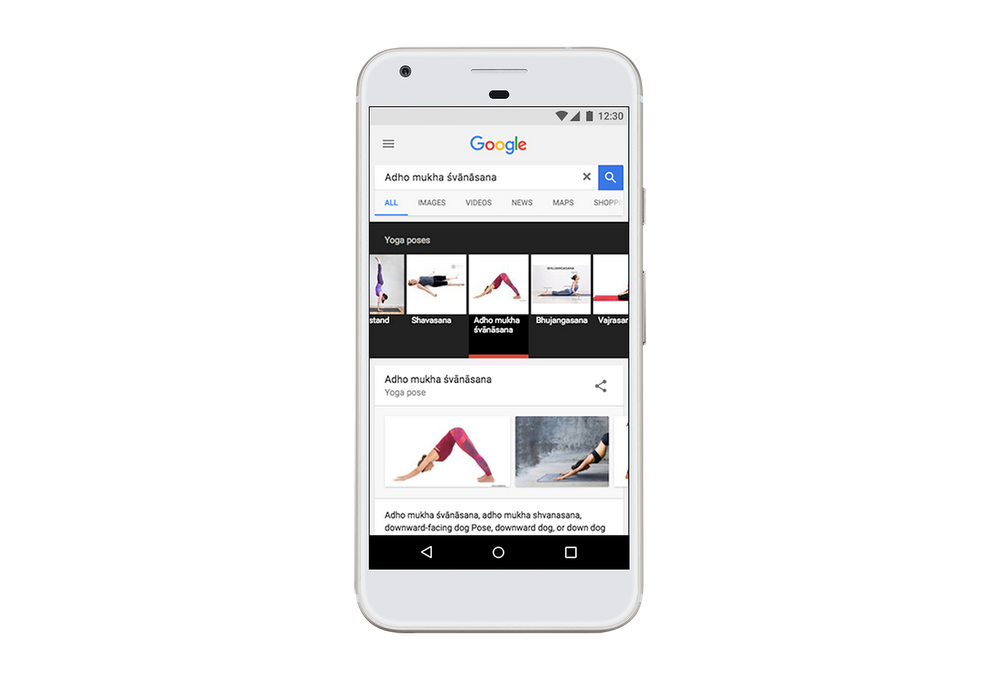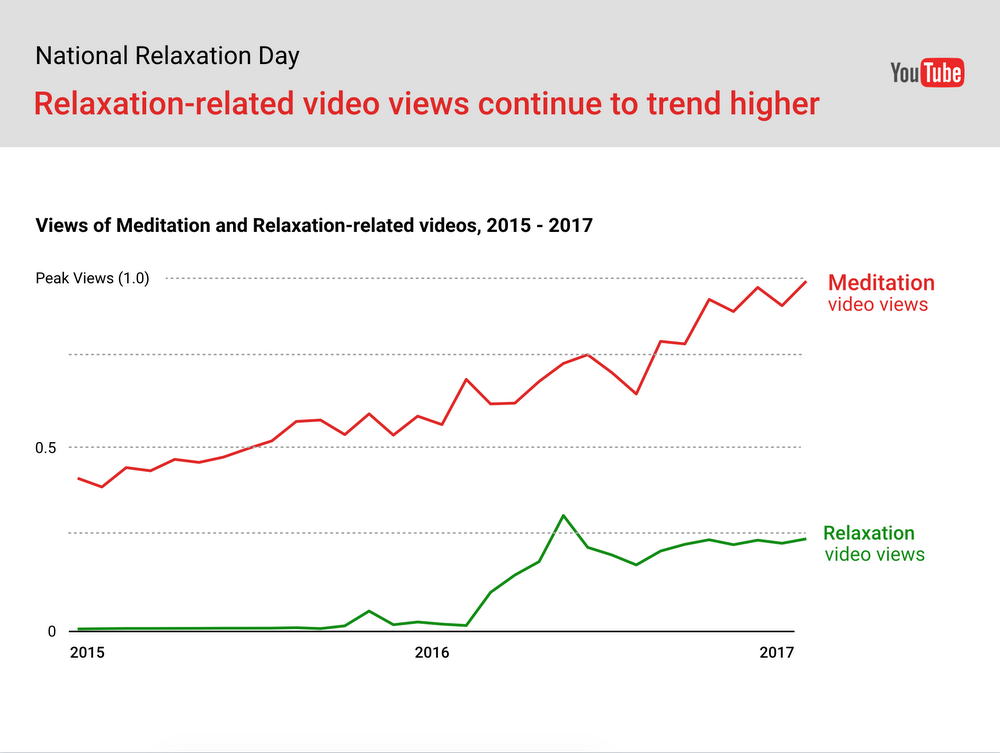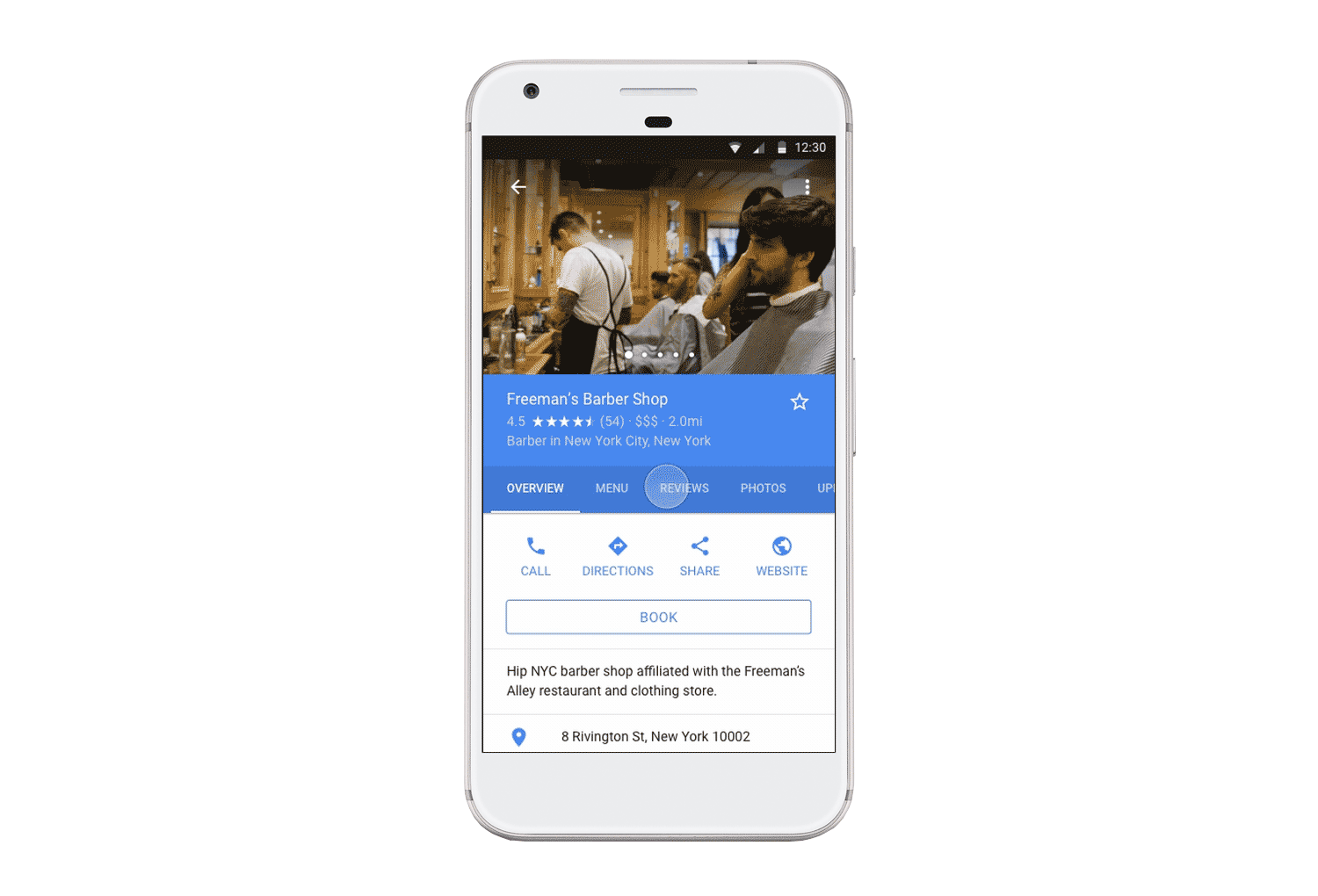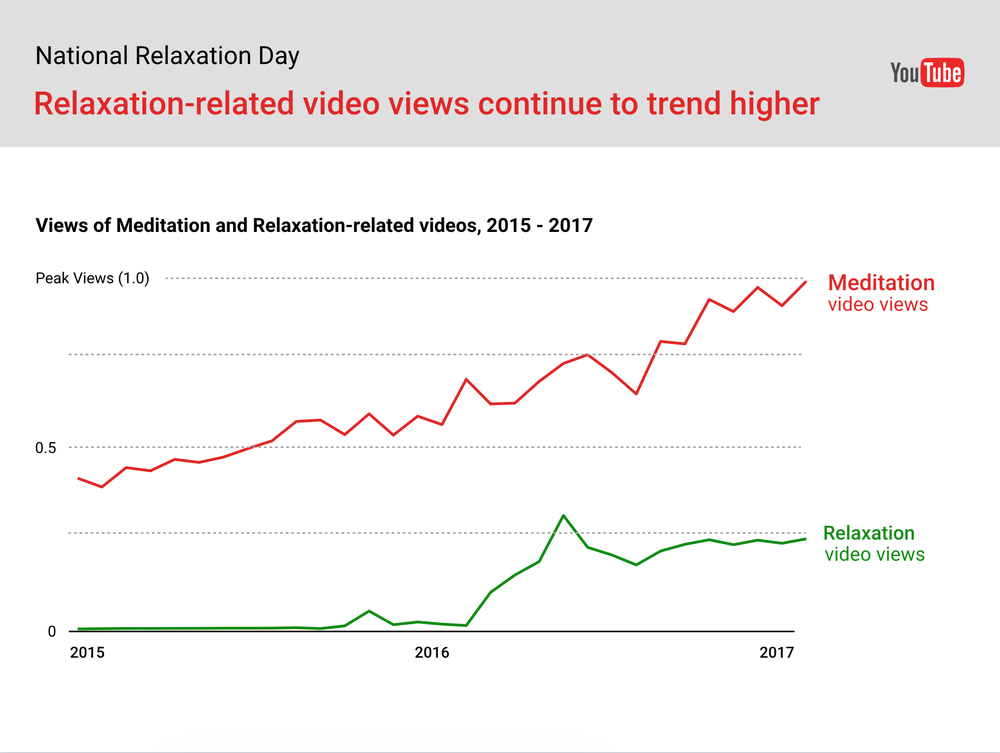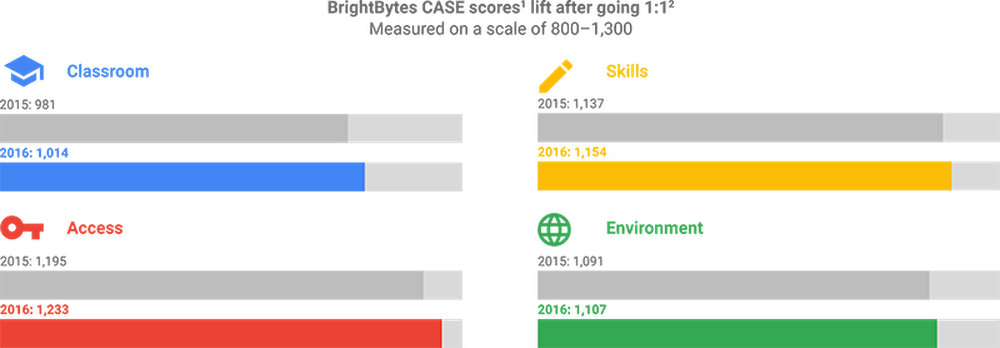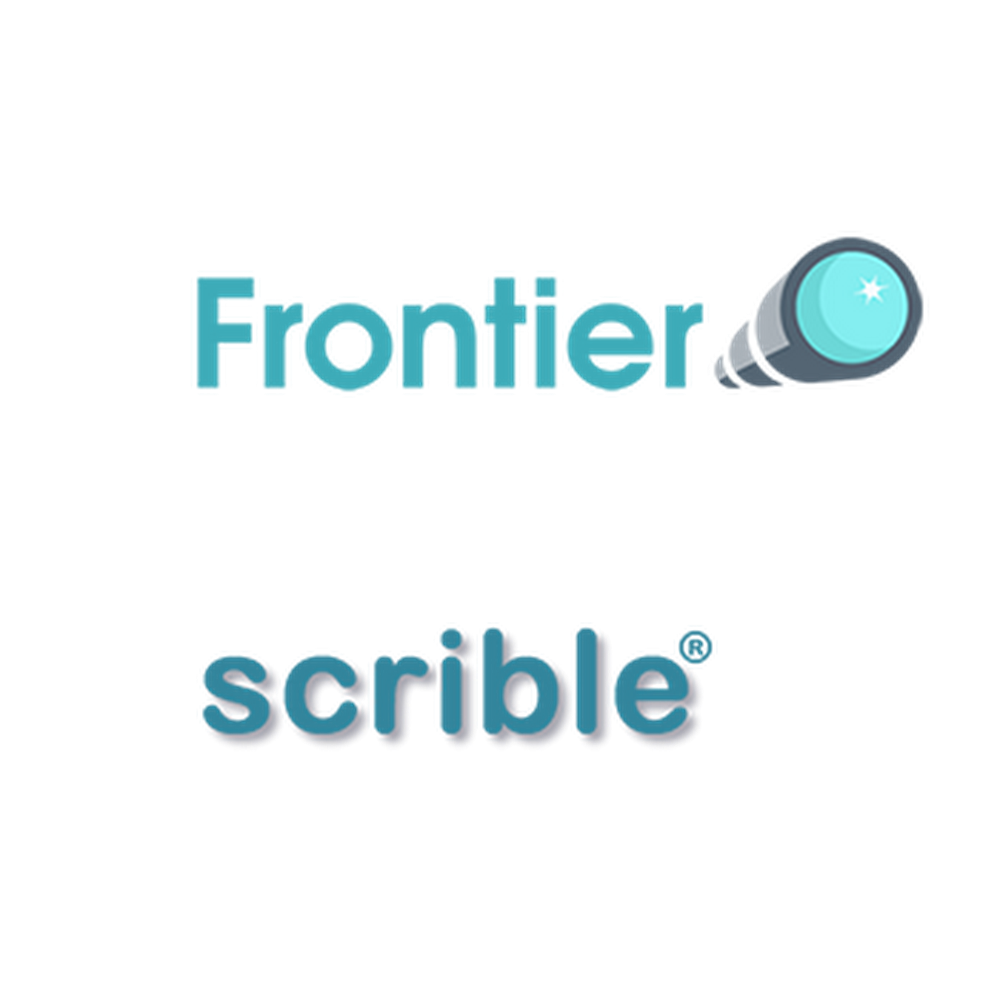What if you could step inside your favorite song and get a closer look at how music is made? That’s the idea behind our new interactive experiment Inside Music.
The project is a collaboration with the popular podcast Song Exploder and some of our favorite artists across different genres—Phoenix, Perfume Genius, Natalia Lafourcade, Ibeyi, Alarm Will Sound, and Clipping. The experiment lets you explore layers of music all around you, using spatial audio to understand how a piece of music is composed. You can even turn layers on and off, letting you hear the individual pieces of a song in a new way.
It’s built using technology called WebVR, which lets you open it in your web browser, without installing any apps. You can try it on a virtual reality headset, phone or laptop. And we’ve made the code open-source so that people who make music can create new interactive experiments.
Watch the video above to learn more, and check it out at g.co/insidemusic.
